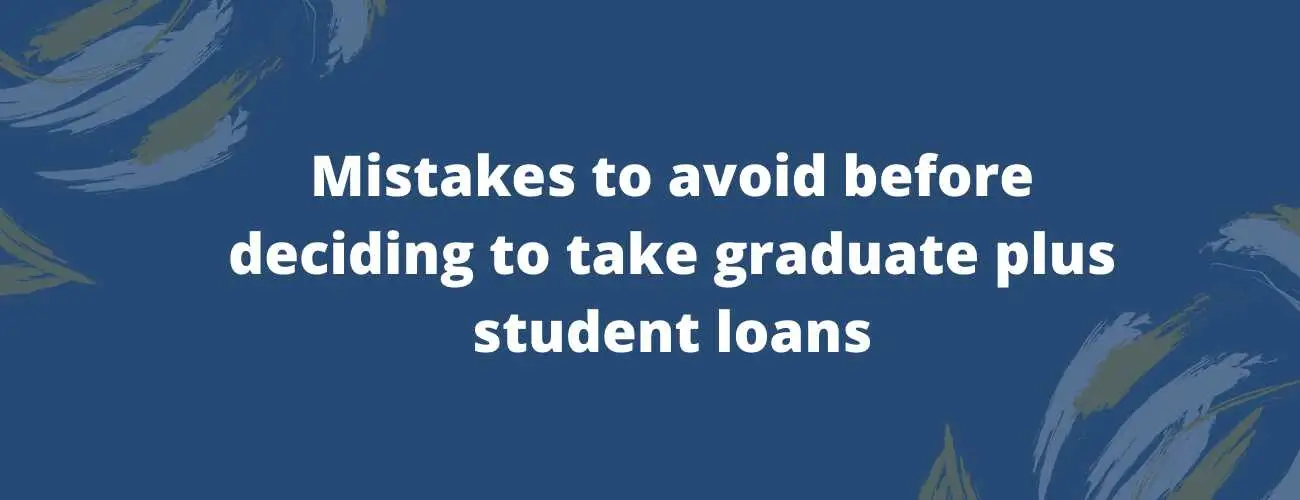Features to consider before taking Graduate PLUS Loans
Learn about measures to be taken before taking Graduate PLUS Loans, repayment options, applying for unsubsidized federal loan, how paying interest at school can help, estimating income after graduation.
Updated by Aparna A on 25th August 2020
Need more funds required to cover your studies? you can always apply for Graduate PLUS loans. In the year 2012, subsidized federal Stafford loans were replaced with unsubsidized federal Stafford loans that covered a sum of 20,500 dollars every year and also charging interests. The changes brought during the pandemic lead to an increase in the origination fees for Stafford and Graduate PLUS loans. Graduate PLUS loan also covers living costs.
Table of contents
- Pay the interest while still studying at school
- Apply for unsubsidized federal loan
- Repayment options
- Estimate the income you will earn after school
Pay the interest while still studying at school
Finish the repayment of your loans as soon as possible, as you will save money on the interest you pay. Therefore, start your payments and paying the interest associated with it while at schools. Enroll for jobs at schools, and pay the interest while still at studying. Make sure, you apply for grants, scholarships, and other financial aid provided to you to save money for your repayments. Also not forget to claim the tax refunds. Even the small payments you start initially will help you reduce the longevity of your loan time period and interest on principle will not accumulate. If you work while studying, try paying the college fees and cover the expenses related to your education with your salary instead of borrowing loans. Is it said that if 5000 dollars are borrowed gradually 800 dollars increases in 2 years. As we find more cases of student loan debts rapidly increasing, it's advised to manage your finances wisely.
Apply for unsubsidized federal loan
Since unsubsidized loan interests are not covered by the federal government while you study, the interest rates of unsubsidized federal loans are lesser compared to graduate loans. Hence, if you borrow Graduate PLUS loans, you will end up paying more interest. So to avoid this, consider taking unsubsidized federal student loans first before taking graduate loans. Unsubsidized federal student loan covers most expenses and has a wider range of the amount you money you can borrow. In the past few years, there were statistics which said, graduate students could borrow up to 20,500 dollars using unsubsidized federal loans, while undergraduates could borrow up to 12,500 dollars. Do not use deferment or forbearance until it is very necessary.
Repayment options
The eligibility for borrowers taking Graduate PLUS loans is different from the borrowers of unsubsidized loans. If you choose to take grad PLUS loans, make sure you have a good credit history, no repossession, no case of bankruptcy in the past 5 years to apply for grad loans, even in case of bad credit history and no cosigner do apply for these loans. While in parents PLUS loans, interest does not accrue as the repayments start immediately after the loans are disbursed to their kids, which is not the case in grad PLUS loans. Interest rates accumulate with time when payments are not paid towards principal value. Repayment options are to be chosen based on your financial situations. The types of repayment options are as follows :
-
Standard repayment plan
-
Graduated repayment plan
-
Extended repayment plans
-
REPAYE
-
IBR
-
ICR
-
Income sensitive repayment plan
Standard repayment plan: Helps pay loans faster
The timespan for payment - 10 years (10-30 years for consolidated loans)
Types of loans eligible :
Direct Subsidized and Unsubsidized Loans
all PLUS loans
all Consolidation Loans (Direct or FFEL)
Subsidized and Unsubsidized Federal Stafford Loans
Graduated Repayment Plan: Helps user with low monthly income but their income increases gradually over time.
The timespan for payment - 10 years (10-30 years for consolidated loans)
Types of loans eligible :
Direct Subsidized and Unsubsidized Loans
all PLUS loans
all Consolidation Loans (Direct or FFEL)
Subsidized and Unsubsidized Federal Stafford Loans
Extended Repayment Plans :
The timespan for payment - 25 years
Types of loans eligible :
Direct Subsidized and Unsubsidized Loans
all PLUS loans
all Consolidation Loans (Direct or FFEL)
Subsidized and Unsubsidized Federal Stafford Loans
REPAYE:
The time span for payment - 20 years
Types of loans eligible
Direct Subsidized and Unsubsidized Loans
Consolidation Loans not including PLUS loans (Direct or FFEL)
Direct PLUS loans
IBR:
The timespan for payment - 20-25 years
Types of loans eligible :
Direct Subsidized and Unsubsidized Loans
all PLUS loans
all Consolidation Loans (Direct or FFEL)
Subsidized and Unsubsidized Federal Stafford Loans
ICR:
The timespan for payment - 25 years
Types of loans eligible :
Direct Subsidized and Unsubsidized Loans
Consolidation Loans not including PLUS loans (Direct or FFEL)
Direct PLUS loans
Income-Sensitive Repayment Plan:
The timespan for payment - 15 years
Types of loans eligible :
feel PLUS and consolidation loans
Subsidized and Unsubsidized Federal Stafford Loans
Estimate the income you will earn after school
You can plan your repayments well in advance if you can make an average estimation of the monthly wages you earn. Loan repayment is directly proportional to the money you earn every month. The faster you pay, the better lifestyle you can have. It is advised to contact career services near your location, so they can guide you with information about your salary that you can expect after graduation. Once you can figure that out, you can decide the amount you can afford to make repayments for your loans, the duration of loan repayment, and the other alternatives.
| Minumum Credit Score | Apply in as little as | Variable APR | Fixed APR | ||
|---|---|---|---|---|---|
 | Not Available | 15 minutes or less | 2.95 | 4.74 | View disclosures |
 | 620 | 2 minutes | 5.38%-16.99%1 | 4.43%-16.99%1 | View disclosures |
 | Not Available | 15 minutes | 1.13% - 11.23%¹ (with autopay) | 3.50% - 12.60%¹ (with autopay) | View disclosures |
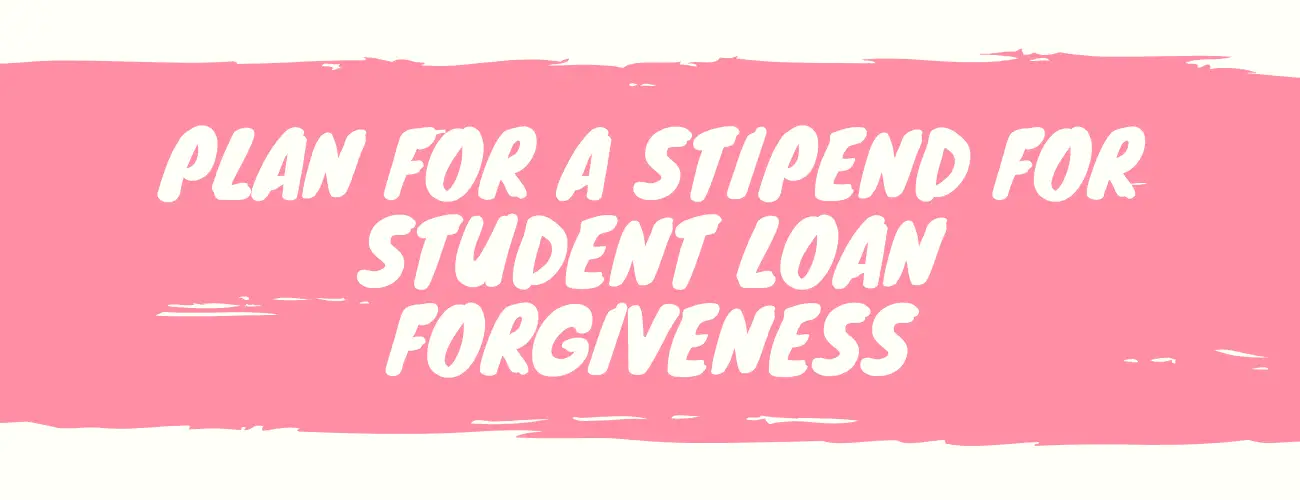
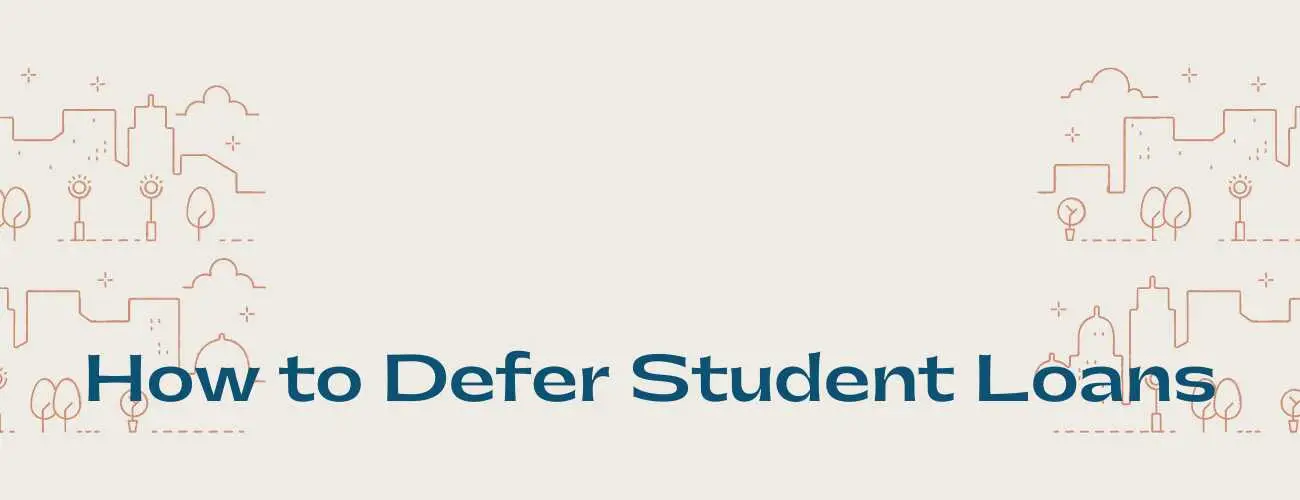
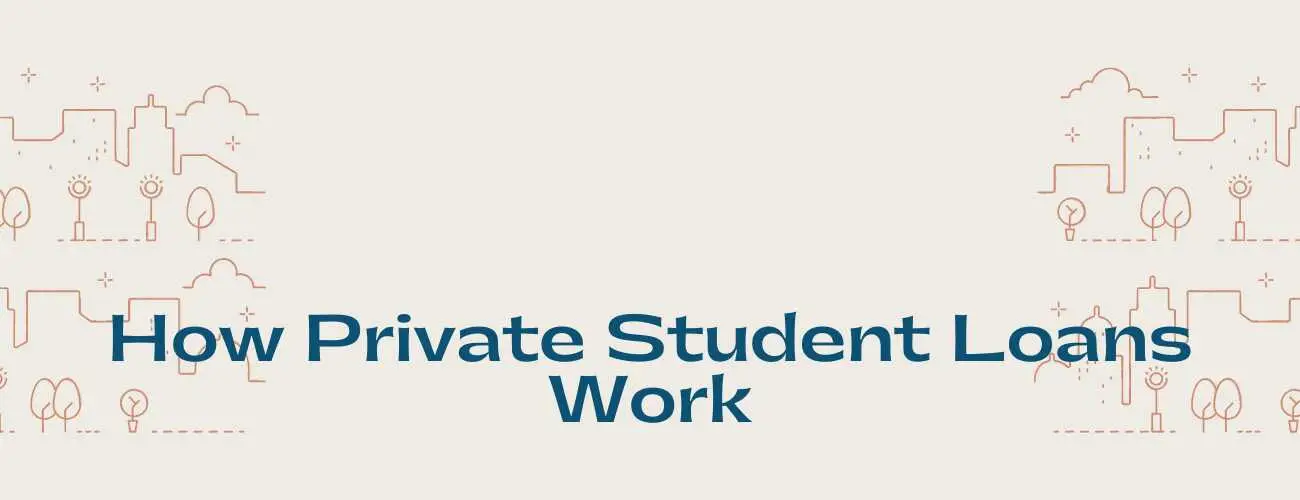
93.jpg)
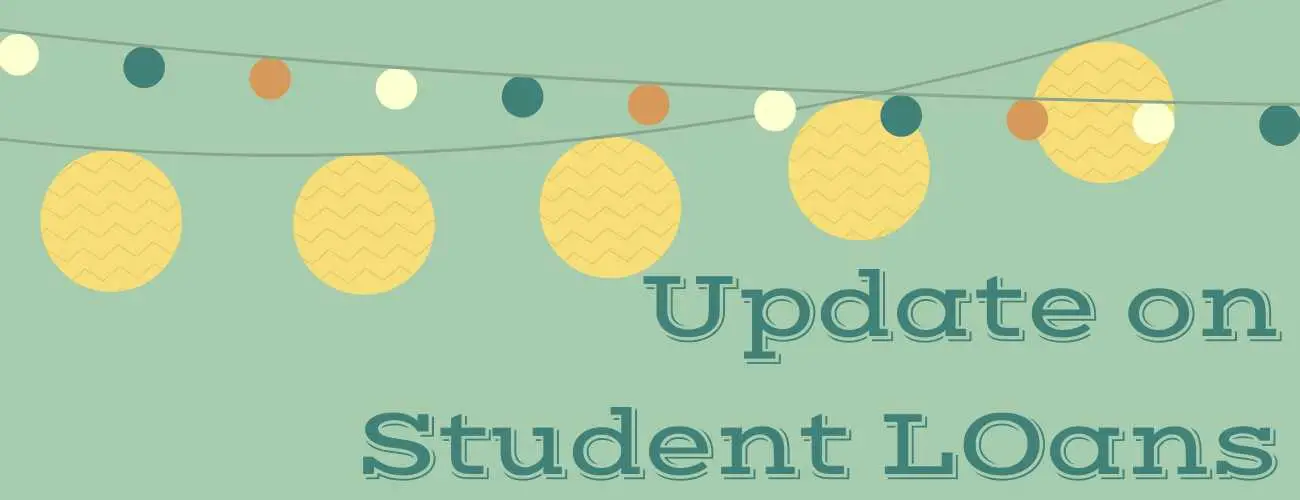

28.jpg)
